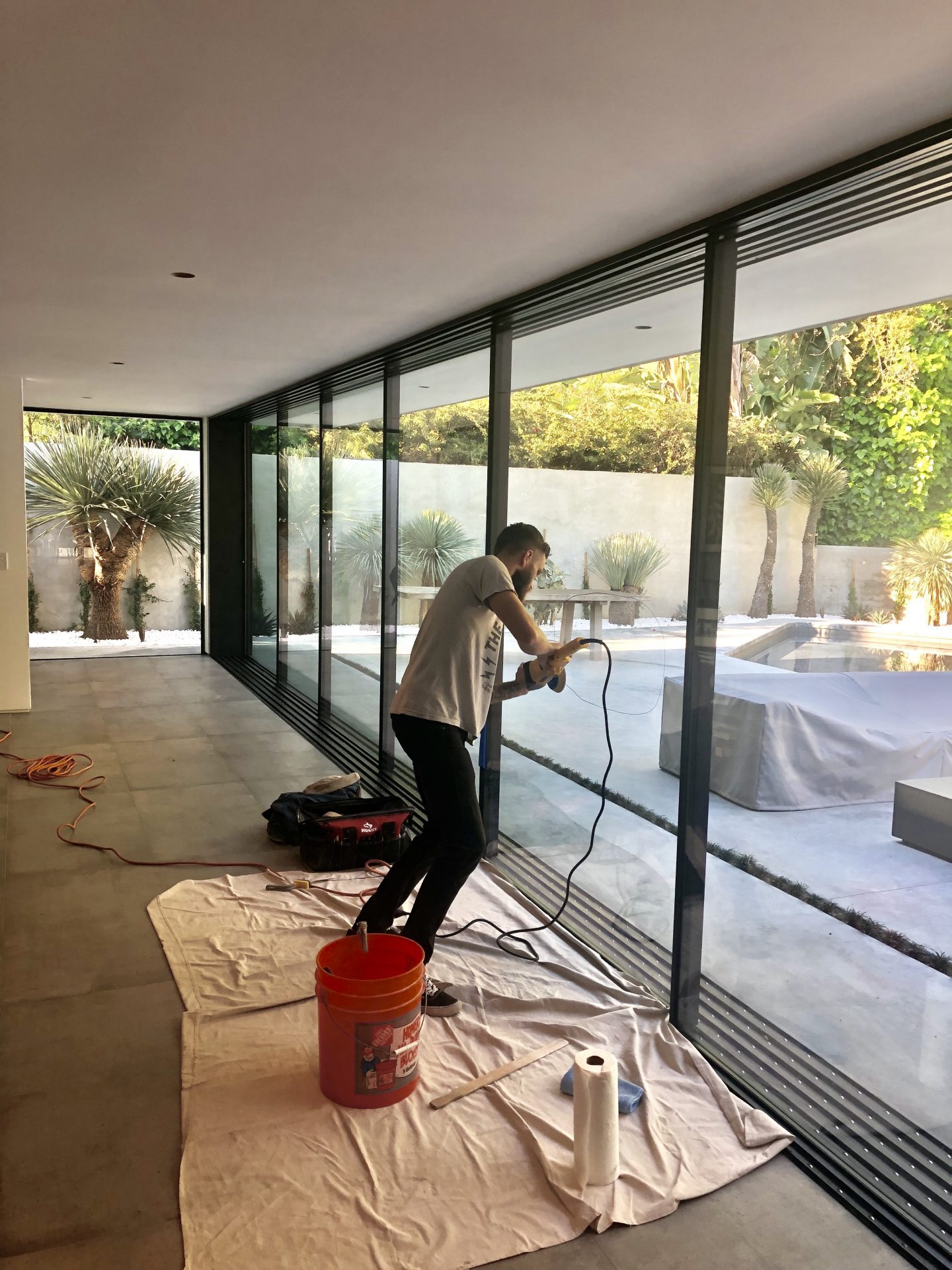Owners of older homes value stained glass’s beauty. In some circumstances, your emotional “cause” for purchasing your home may have been the stained glass windows. But stained glass requires upkeep and care, just like so many other facets of owning an ancient house. The following tips will help you take care of your windows and know when to hire a professional.
A stained glass panel is constructed of:
1. Individually crafted bevels, or pieces of transparent or tinted glass;
2. Held together by a medium of lead came or copper foil.
Leaded glass panels are often put together with lead came, which has been used since the Middle Ages. The prairie architecture of Frank Lloyd Wright and his contemporaries is associated with zinc came. Louis Comfort Tiffany invented the copper foiling technique, which is now the go-to method for creating highly patterned art glass panels and lampshades.
The application of cement to fill the space between the glass and the interior surface of the lead or zinc came is a further stage in the production of leaded glass panels. To weatherproof and strengthen the panel, cement is poured into both its front and back. Large panels should also be reinforced with reinforcement or saddle bars.
Examine your windows for deterioration and buckling. Look for telltale symptoms of metal fatigue and corrosion to see how well the lead or zinc cames are holding up. If the exposed face of the metal (the flanges) can be lifted and smoothed without shattering, old lead is still usable. Lead that has been covered in a fine white powder has oxidized and is no longer functional. Also, zinc covered with small white spots is worn out. Check the metal for hairline cracks close to the joints, especially at the panel’s border. These point to metal aging.
Steel or brass bars are frequently used to brace large or particularly ornate glass panels. To strengthen the window and help hold the weight of the panel, these saddle bars, which are 1/8″ thick by 14″ wide, are secured to the cames and notch into the sash. While others are fastened with twisted copper wires, certain reinforcing bars are soldered to the cames. Using the original technique, the bars should be reattached to the came if they have come loose. A skilled restorer will need to relead bars that have split the came.
Measure the depth of the bulge if it has appeared on the panel. If a single panel is only slightly out of alignment and does not rattle, it should be thoroughly examined but may not need to be repaired. more than 112 panels “must be thoroughly flattened and releaded after being professionally removed from the window.
Verify the glass. It is recommended to repair fractured glass rather than replace it because some older glass is difficult to match. Additionally, not all cracks require repair. Leave the crack alone if it’s little and won’t cause any damage. Call a professional if any of the glass is broken or missing entirely. An on-site repair might be feasible if the panel is large and needs just minor repairs.
Start by taping loose pieces of glass and cames together if you need to transfer the glass to a professional restorer. (Avoid using duct tape!) While the panel is still attached, remove the sash. Lay the panel atop a larger piece of plywood and secure it with tape for more safety. In a wooden box, smaller panels can be wrapped and set flat.
Using a soft cloth and a soap with a neutral pH, clean a sound leaded or copper foiled glass panel. Well-wring out the rag. Abrasive products should be avoided since they can scratch metal or glass. Use only liquid products; avoid sprays and ammonia-based treatments. Ammonia can react with the lead or cement if the liquid gets under the foil or lead came. A moistened #0000 steel wool pad can be used to clean windows in bathrooms and kitchens to get rid of soap scum, grease, and mildew. Use a paste substance like Glass Wax or a stained glass polish, both of which are readily accessible at stores selling stained glass supplies, to polish the glass. Apply the paste with a gentle cloth, let it dry, and then buff.
CAUTION: Lead dust may enter the work area during this operation. To remove any remaining lead, thoroughly wash the panel’s surrounding surfaces (sashes, sill, and floor) with soap and water. Also, put on a dust mask.
Although it is not required, protective glazing can shield your stained glass panel from damage such as a baseball that flies too far. The storm window sash should be made of a material that matches the original sash in order to retain aesthetics. The glazing may be Plexiglas(R) or double strength glass, depending on local construction standards. Be aware that plastic glazing will age and scuff with time. Although Lexan(R), which won’t yellow, is very readily scratched. Although pricey, tempered double strength glass provides the finest protection.

